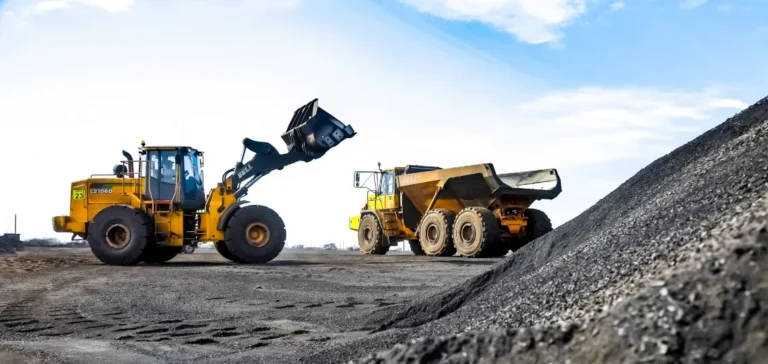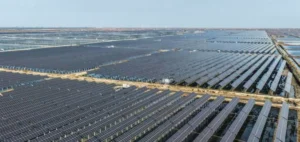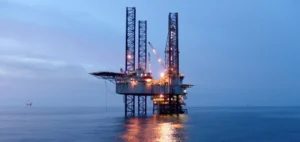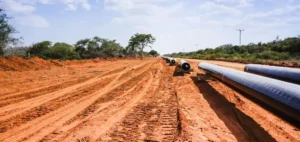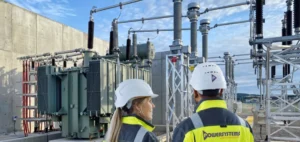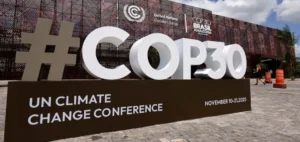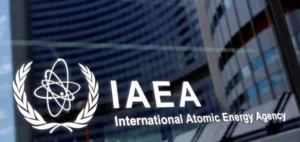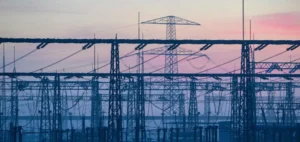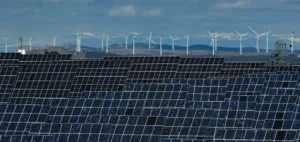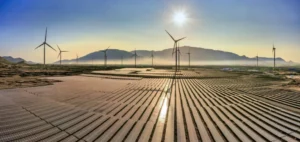The United States Environmental Protection Agency (EPA) has decided to grant a 15-month extension to electricity producers operating coal-fired power plants to comply with its industrial waste management requirements. The extension primarily concerns the installation of groundwater monitoring systems and the initiation of closure procedures for toxic ash ponds.
Several operators cited their inability to meet the existing deadlines due to difficulties in accessing historical documentation, contractor delays, significant data volumes and the need for coordination between various regulatory entities. In a notice published on July 17, the EPA stated that it was issuing a direct revision of existing rules, accompanied by a supplemental proposal to formalise the deferral.
A shift in regulatory direction
This decision comes within the broader context of regulatory easing initiated by the Trump administration, which announced in March a reform of the federal coal ash management programme. The reform aims to strengthen the role of states in defining industrial waste treatment policies from thermal production.
The new deadlines set by the agency require groundwater monitoring systems to be installed by August 8, 2029, and corrective action reports to be submitted by January 31, 2030. Some companies had also requested the repeal of 2024 regulations, considered too restrictive, particularly concerning inactive storage sites.
Documented risks since 2015
The issue of coal ash storage, which contains arsenic, boron, mercury and cadmium, has been subject to federal regulation since 2015. At that time, the EPA identified more than 1,000 active storage sites across 47 states and Puerto Rico, excluding so-called legacy or abandoned sites. These wastes pose recognised health risks, particularly to water quality and aquatic life.
Initially, rules adopted under the Obama administration excluded over 200 ponds located at now-defunct power plants. This exemption was overturned in 2018 by the United States Court of Appeals for the District of Columbia, which found that the EPA failed to adequately protect public health by maintaining the regulatory gap.
Similar adjustments for other standards
The EPA’s extension strategy is part of a broader trend of revising environmental regulations. In early 2025, the agency had already postponed by two years the deadline imposed on more than one-third of U.S. coal-fired power plants to upgrade their mercury emissions monitoring systems. Additional regulatory adjustments are expected in the coming months.


